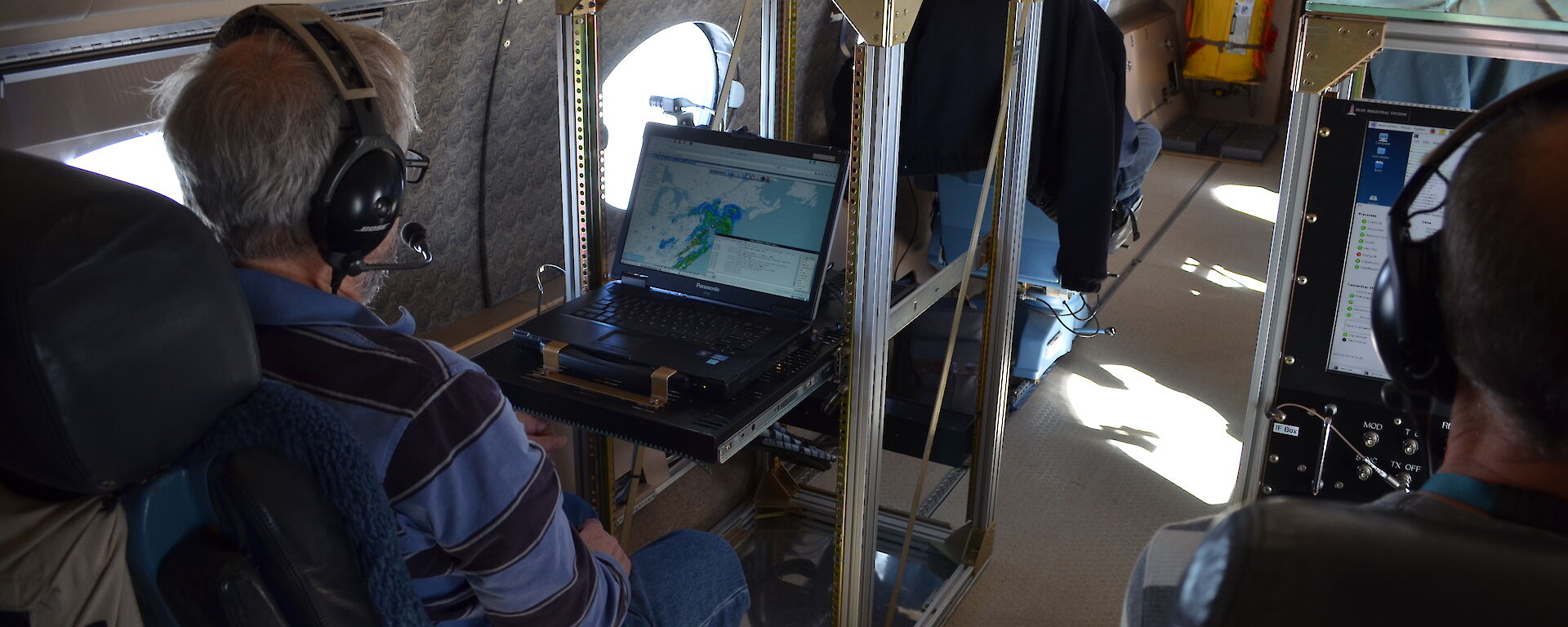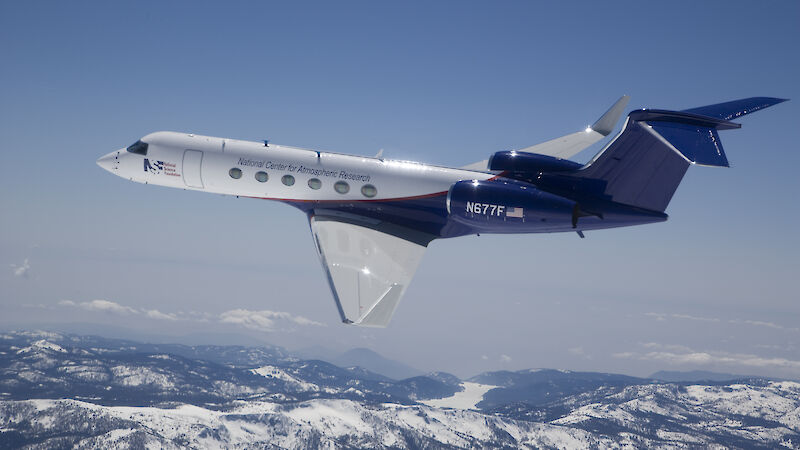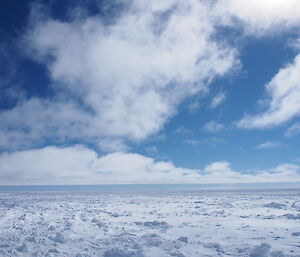More than seven tonnes of atmospheric instruments will traverse the Southern Ocean on a specially strengthened deck of the Aurora Australis, monitoring clouds and aerosols (which contribute to cloud formation), between October and April.
Within that time, United States researchers will also overfly the Southern Ocean in the ‘NSF/NCAR HIAPER’# Gulfstream V research aircraft, using on-board atmospheric instruments to collect data from above, below and within clouds.
These ship and aircraft observations will be combined and compared with surface-based measurements from Macquarie Island, and remote sensing data from satellites.
Altogether, the Southern Ocean Clouds, Radiation, Aerosol Transport Experimental Study (SOCRATES) aims to gain deeper insights into how clouds form over the Southern Ocean, what they’re made of, and how they affect the atmospheric energy balance in the region (heat coming into the atmosphere versus heat going out).
Australian Antarctic Division atmospheric scientist, Dr Simon Alexander*, said data collected during the project will be used to evaluate and improve how clouds are represented in climate models.
“In most climate models the Southern Ocean sea surface temperature is too warm — so too much sunshine is getting through and warming up the ocean,” he explained.
“That’s because some climate models are getting the altitude and thickness of some clouds wrong, due to uncertainties and biases in the simulation of clouds, the aerosols that contribute to their formation, and air-sea interactions.”
Current knowledge of Southern Ocean clouds relies almost entirely on satellite data. However, satellites struggle to resolve low-level clouds and there is a higher frequency of “super-cooled water clouds” above the Southern Ocean, compared to oceans in the Northern Hemisphere.
As their name suggests, super-cooled water clouds remain as liquid water at temperatures well below freezing. As the composition of clouds — how much ice or water they contain — affects how they scatter sunlight, understanding the occurrence and internal structure of different cloud types, and the factors that lead to their formation, is key to resolving modelling issues.
This summer the Aurora Australis will carry instruments to monitor clouds and aerosols. Aerosols influence cloud formation and composition by acting as ‘nuclei’ on which cloud droplets and ice particles can form.
“The high frequency of supercooled liquid water clouds over the Southern Ocean, may be due to low levels of dust and aerosols (due to less pollution) that can serve as ice nuclei, so the clouds remain as liquid water,” Dr Alexander said.
“The presence of ice or liquid affects cloud ‘albedo’ — the ability to reflect light — which could be the reason for radiation biases in models.”
The ship will also carry a cloud lidar, which uses laser pulses to measure light scattered off cloud water droplets or ice particles. This will provide information about the composition and height of the clouds, while a cloud radar and microwave radiometer will provide information on cloud thickness, height and their liquid and ice water content. A micro rain radar and a specialised marine precipitation sensor will more accurately measure precipitation over the oceans, while avoiding contamination from sea spray.
Similar instruments will be carried by the CSIRO’s RV Investigator at ice-free Southern Ocean latitudes for six weeks in early 2018.
While the ships are at sea, the United States’ National Science Foundation has funded a campaign to fly their instrumented Gulfstream V out of Hobart for six weeks, starting in mid-January 2018.
Those on-board may be in for a bumpy ride, as the aircraft flies in a saw-tooth pattern through the ever-present cyclones that occur above the Southern Ocean.
A particular focus will be on the cold sector (post-frontal) regions of these cyclones, where mixed phase (water and ice), and super-cooled liquid clouds predominate.
“There will be about 16 flights and they will provide detailed information on the thermal and physical properties of different clouds,” Dr Alexander said.
“A number of the flights will occur at the same time as the ships are traversing the ocean.
“This work will help us to determine how accurate satellite measurements are, calibrate them accordingly, and then extend these results to the whole Southern Ocean.”
The research will feed into climate models to reduce errors in the simulation of Southern Ocean clouds, aerosols, air-sea interactions, precipitation, light reflectance from sea ice, and the region’s heat balance. This will have flow-on effects for evaluating and improving global weather and climate forecasts in the high southern latitudes.
Wendy Pyper
Australian Antarctic Division
# The ‘High-Performance Instrumented Airborne Platform for Environmental Research’ (HIAPER) Gulfstream V aircraft is owned by the National Science Foundation (NSF) and operated by the National Center for Atmospheric Research (NCAR).
*Dr Alexander is contributing to SOCRATES through Australian Antarctic Science projects 4292 and 4387.




